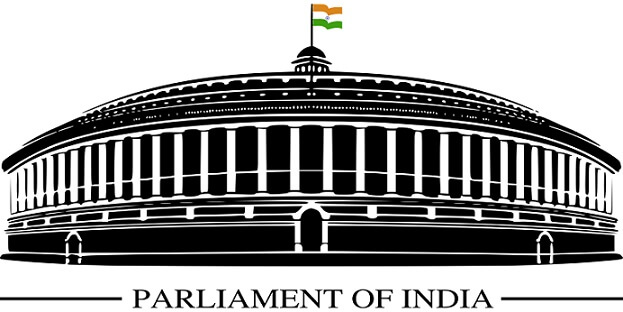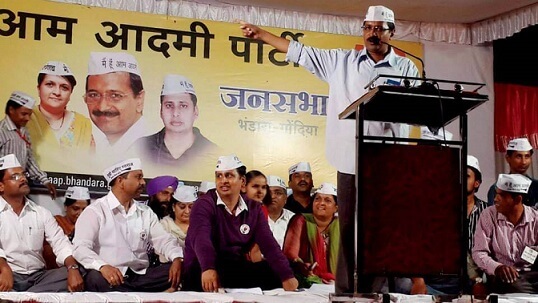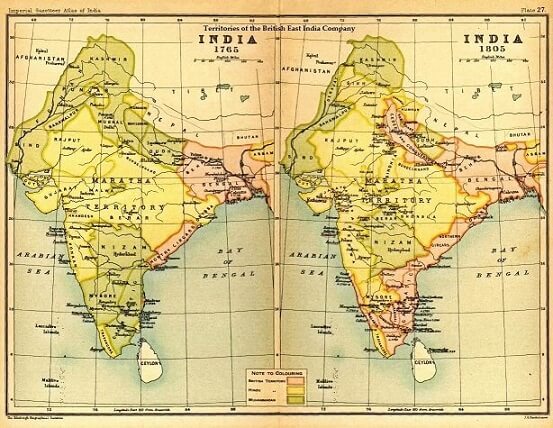As many stories go, once upon a time, there lived a king. The king’s name was Muhammad bin Tughluq and he was the Sultan of Delhi from 1325 to 1351. He ruled over much of north India and wanted to expand his regime toward the Deccan. One day, he decided to move his capital from Delhi to Daulatabad in present-day Maharashtra to gain more influence in southern India. Going a step further, Tughlaq not only wanted to relocate the administration but rather the whole population of Delhi with him. Of course, most people did not want to move because of this senseless edict but such was Tughlaq’s ruthless nature that nobody was willing to confront him at the time. And so, the proposed relocation started to become a reality.
A political thinker of the time, Ziauddin Barani, observed: “Without consultation or weighting the pros and cons, he brought ruin on Delhi which for 170 to 180 years had grown in prosperity and rivaled Baghdad and Cairo. The city with its Sarais and suburbs and villages spread over four or five leagues, all was destroyed (i.e., deserted). Not a cat or a dog was left.” It was only due to the many rebellions that had been incited by this move and the deadly bubonic plague in the region that Tughlaq reverted his decision. By then, the damage was done. Delhi had lost its earlier glory. Even today, an autocratic nonsensical order is generally known as “Tughlaqi Farmaan.”
Since Independence, India has witnessed three distinct phases of power-sharing between various political parties. The first phase lasted three decades in which the Congress Party was the dominant power across the nation. This phase slowly gave way to the second phase with the rise of regional political parties and the coalition era. The coalition era started in 1989 and lasted for a quarter-century until 2014. Since then, we have a single party, the Bharatiya Janata Party (BJP), in the majority at the center but it co-exists with many strong regional parties.
BJP’s prime ministerial candidate Narendra Modi went on a blitzkrieg of promotional rallies in 2014 before the elections. He capitalized on the last years of Manmohan Singh’s coalition government which were mired in many allegations of corruption and financial scams. Modi sold the dream of a New India—a strong and united nation with a strongman at its head. Again in 2019 General Elections, Prime Minister Modi repeatedly asked the voters to bring him back because only a strong government could muster enough authority to take India toward prosperity, fight terrorism, and earn admiration from other nations. In other words, the prime minister meant that a coalition government would be disastrous for India. However, a cursory factual comparison between coalition and majority governments in India shows that not only this is not the case, but the truth may lie at the opposite end of this hypothesis.
Consider the five biggest events associated with India’s incontrovertible achievements that the nation has witnessed in the past three decades: Economic reforms (1991), Nuclear tests (1998), Kargil conflict (1999), Nuclear Deal (2008), Goods and Services Tax (2017). As we can see, the distribution of these achievements is fairly equal among different coalition governments and Modi’s majority government. P. V. Narasimha Rao’s government was not just a coalition government but a minority one at that. It not only liberalized the Indian economy in the face of the socialist hangover but also ruthlessly fought terrorism and insurgency in Kashmir. For Vajpayee, the coalition government did not come in the way of conducting nuclear tests or fighting the Kargil War. Similarly, Manmohan Singh’s government too never compromised on India’s security and ruthlessly fought Naxals as well as terrorism originating from Pakistan (no major terrorist attack has happened in India outside Jammu and Kashmir since the Mumbai attack in 2008).
On the international front, Narasimha Rao’s government adeptly battled against Bill Clinton’s administration which was pressuring India over human rights in Kashmir. Subsequently, Vajpayee’s government first conducted the Nuclear Tests against international pressure and then adeptly maneuvered during the Kargil War and subsequent attack on the Indian Parliament. Manmohan Singh’s government clinched the Nuclear Deal with Americans against many odds (despite heavy opposition from the Left which was supporting the government from the outside) and virulent opposition from China. It then strengthened bilateral relationships between India and many western nations, and successfully hosted the Commonwealth Games in 2010. Modi Government’s achievements on the foreign policy front are surely shadowed by what these governments had achieved.
George Bernard Shaw once expressed that “if all economists were laid end to end, they’d never reach a conclusion.” However, hopefully, economists would also agree on the fact that since Atal Bihari Vajpayee’s five-year coalition government, India’s economy has been growing faster than most developing nations in the world. In fact, the average GDP growth rates of Vajpayee’s and Manmohan Singh’s coalition governments rival that of Modi’s majority government. It is in the incumbent majority government that we see the GDP growth declining from quarter to quarter amidst the fears of stagflation. Furthermore, in a coalition government, the Tughlaqi Farmaan of Demonetization that was an economically disastrous edict, to say the least, would have never materialized.
To be sure, the coalition dharma brings its own handicaps as Manmohan Singh himself mentioned during the 2G Scam allegations against his government. A coalition government by its very nature can be slower in decision making than a majority one. But, on the other hand, the added advantage it provides is that it reflects the views of India’s diverse population much better than a majority government. Since 2014, not only Muslims but also the southern states have very little say in India’s governance since the BJP’s center of mass is located in the Hindi heartland. Additionally, backtracking its steps on popular issues in the face of opposition is easier for a weaker coalition government than a proud strong one. This hastens the process of course correction.
To conclude, it is not the case that coalition governments are better than strong majority governments but rather that the strong majority governments are no better than coalition governments. The American founding father, Alexander Hamilton, once wrote that “If a Government appears to be confident of its own powers, it is the surest way to inspire the same confidence in others.” It may be true for America where the show of excessive power is worn as a symbol of pride. Indians prefer to do things the Indian way—slowly, clamorously, but surely.

 The Unreasonable Significance of AAP in Indian Politics
The Unreasonable Significance of AAP in Indian Politics